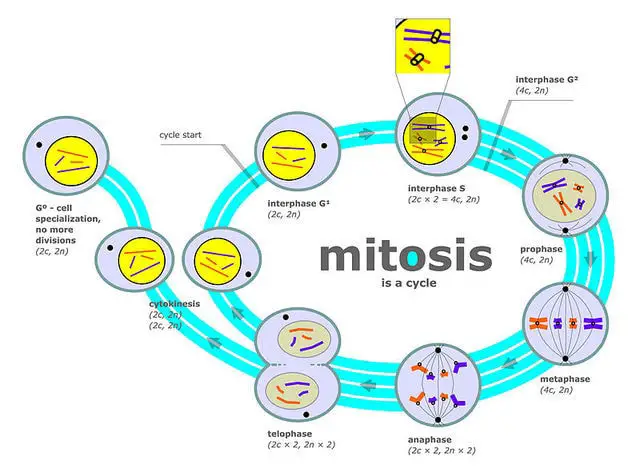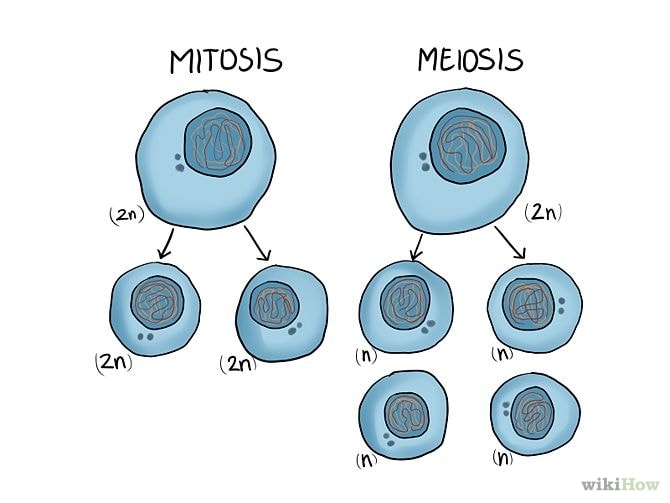Mitosis Vs. Meiosis: What Are The Differences?
Are there really a lot of differences between mitosis and meiosis? If you’re asking this question, chances are that you are one of the many who has discovered a sudden interest in biology and wants answers to all of the life’s mysteries.
It’s either that, or you have a test tomorrow, and you need to pass. Either way, here are major points separating meiosis from mitosis.
What is Mitosis?
In brief, a mitosis is a form of cellular division. Your body is made up of two kinds of cells: diploid somatic cells and haploid germ or sex cells. Somatic cells are, primarily, the ones that undergo mitosis.

Mitosis consists of 4 phases following a pre-mitotic interphase where DNA multiplication occurs. The first phase is called prophase; the centrosome of the cell divides into two asters, chromatin condenses into chromosomes in the nucleus, and the nucleolus and cellular membrane disappear.
The following prophase is metaphase, and basically, it’s more of an “organizing” phase than anything; each chromosome attaches itself to one spindle fiber and they all line up along the equatorial plate of the cell.
After that, there is anaphase where sister chromatids of each chromosome separate making “polar ascension”. Finally, there is telophase where the cell divides, through the restriction (cleavage), into two daughter cells.
The daughter cells resulting from mitosis are diploid, and they have the same number of chromosomes the mother cell had.
Difference Between Plant and Animal Cells
What is Meiosis?
Just like mitosis, meiosis is a cellular division. There are, however, several differences between their phases. The major difference is that, unlike mitosis, meiosis is actually made up of two successive divisions; a reductional division following a pre-meiotic interphase and an equational division directly after it.

The reductional division (meiosis1) consists of 4 phases. Prophase 1 is the same as mitosis’ prophase except for two things; “synapsis” and the beginning of “crossing over” between some homologous chromosomes (crossing over only occurs in females).
After that, there is metaphase 1 where, unlike in mitosis, each “pair” of homologous chromosomes attaches itself to a single spindle fiber along the equatorial plate. Due to that, during anaphase 1, homologous chromosomes separate and move towards opposite poles of the cell.
Not to mention that the crossing over previously started in prophase 1, finishes up in anaphase 1. Finally, the mother cell divides into two daughter cells in telophase 1.
Each daughter cell then undergoes the equational division (meiosis 2) which is identical to mitosis. This final division results in four haploid cells each containing half the number of chromosomes the mother cell had.
Recommended for you:
Differences Between Mitosis and Meiosis
We’ve broken down the major differences between mitosis and meiosis in a mitosis vs meiosis comparison table below:
Mitosis |
Meiosis |
|
|
|
|
|
|
|
|






